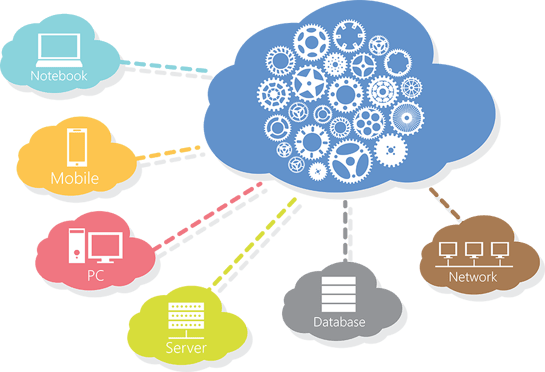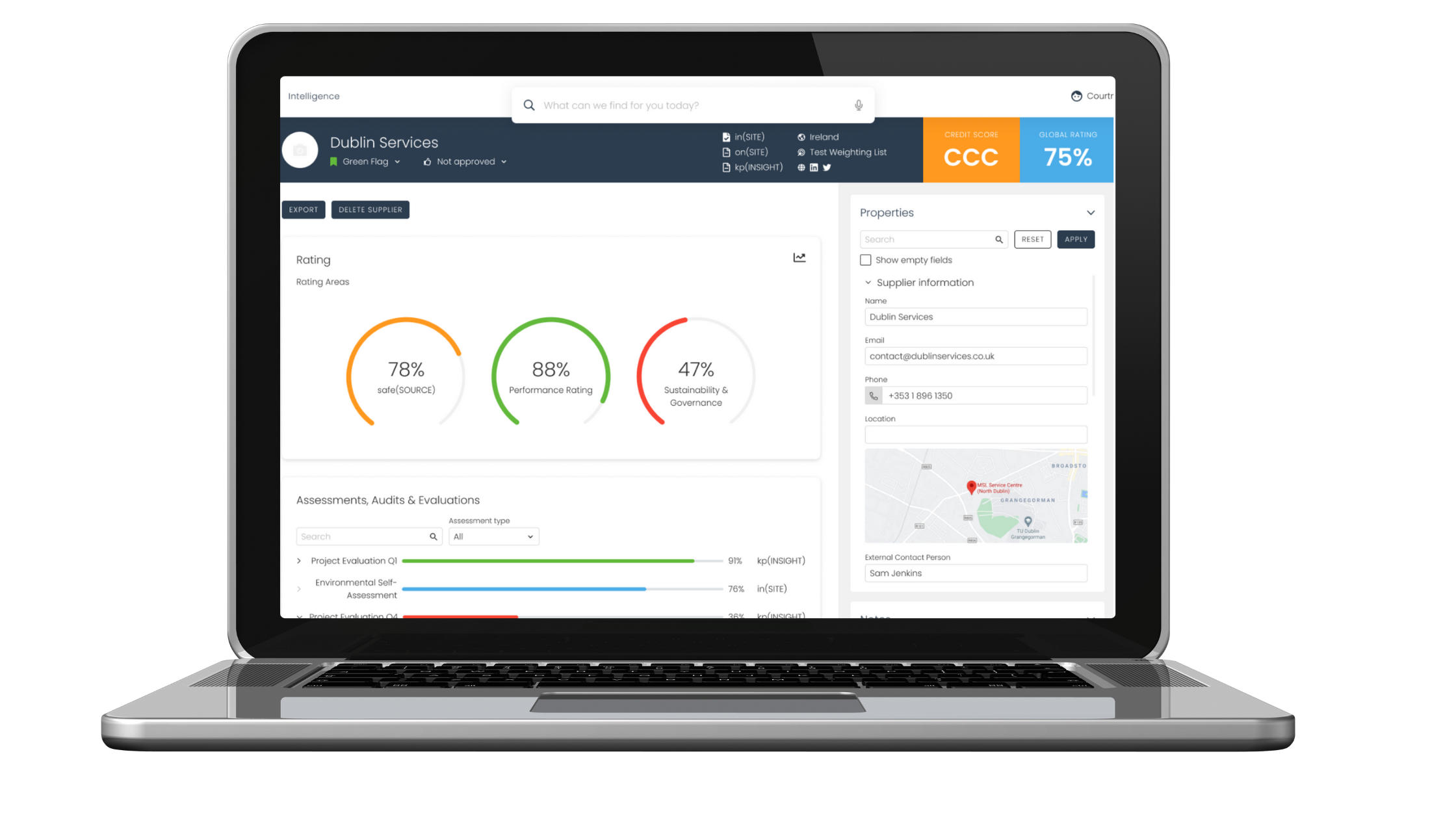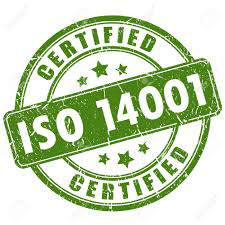You want to learn how to play basketball, you ask Lebron James to show you how it’s done.
You want to learn how to systematically modernize, develop and streamline your supplier self-assessments, you ask Malin Schmidt.
Malin Schmidt founded Kodiak Hub back in 2015, originally with a solefocus on helping global organizations to streamline their means of supplier self-assessment and build more robust supplier ratings in the process. Since then, Malin and her team have continued to expand their product offerings, now offering a best-of-breed solution in the space of SRM & SPM.
Supplier self-assessment may seem like a small part of an overall SRM strategy, but in reality, self-assessment is a cornerstone of organizational due-diligence, and working towards smart, sustainable and responsible sourcing & procurement practices. Self-assessment is a necessary step to align your organization with the best suppliers for you.
Growing globalization and supply chain complexity has created a new risk reality. The challenge is real, and taking an active role in ensuring ethical & sustainable business practices through assessment hasn’t become a ‘nice to have’, but rather a ‘need to have’.
See this statement below taken from Telia’s webpage about their Responsible Sourcing practices:
“Telia Company relies on a vast number of suppliers and sub-suppliers, many of which are located in countries or industries with challenges in upholding ethical business practices, human and labor rights, health and safety, and environmental protection. Despite solid responsible sourcing practices, the risk remains that suppliers and sub-suppliers do not comply with our sustainability, security and quality requirements” (Telia 2019).
The market has understood the importance of sustainable operations, and self-assessment is a great first step to follow up on your suppliers’ modes of operation.
Because Lebron wasn’t available to teach us some moves, we decided to go right to the source during this week’s blog and asked Malin Schmidt to share some best practices for creating a supplier self-assessment.
1. Be Systematic With Supplier Self-Assessments
Make self-assessments a cornerstone of your supplier relationship management.
Sending out self-assessments shows engagement in the relationship, and gives you a clear picture of suppliers level of compliance, and insights into existing modes of operating. SRM isn’t just about knowing who your supplier is, and where they’re located in the world. It’s important to also gain an understanding as to why you buy from them.
Make supplier self-assessments a process that is conducted annually, or biannually. The more systematic you are in your governance and assessment of the supplier base, the more proactive they will be within the collaboration.
2. Explain Yourself From the Start
Ensure that your suppliers understand that they will be subject to due diligence, such as supplier self-assessment, from the start of the relationship.
It’s important that the supplier upholds the expectations you set out within the contents of your supplier code of conduct. Simply, be transparent with this information from the start. Aligning expectations and goals always give a relationship a point of reference.
3. Digitalize
Traditional modus operandi for supplier self-assessment is to utilize a mix of Excel and mail.
This is a good start, but it can be difficult to scale the process in a global team. Sharing of information/assessment responses is necessary to keep strategic buyers and category managers in the loop.
Digitalization of the process will also have an impact on the way that the supplier perceives the reception of a self-assessment. Opening a long and boring excel sheet isn’t always the most engaging experience for a supplier, and could damage reply rates. Look to remove as many barriers as possible to enhance the engagement from suppliers’ answers. This starts with focusing on their UX (user experience).
4. Make Things Scalable
Adopting a cloud-based solution is a good idea for completing assessment send-outs and the compilation of responses.
Cloud-solutions give your team the ability to share the data sets within a global context, quickly and immediately. Scalable solutions combat overlap, inefficient workflows and lack of data transparency.
5. Gather Data — Defined
Defined parameters of assessment are key.
Making supplier self-assessment a systematic and digitally-scalable process is an awesome first step, but you have to think one step further... What are you doing with the data you’re gathering from suppliers?
Having defined assessment areas — in line with your Supplier CoC, risk management and governance goals — will ensure that data (supplier responses) is gathered systematically. The more defined data sets are, the more comparable they are, and the more historical value those data sets will contain to see value progression of a supplier overtime.
It’s smart to put numerical values on responses/data points you’re gathering from supplier self-assessments. This is a precursor to gaining business intelligence and visualizing responses in the form of analytics.
6. Visualize Data
Utilize answers to create an understanding of a supplier or grouping of suppliers.
As indicated above, visualizing data requires KPI-setting and numerical valuing/weighing of assessment questions and assessment areas.
Example of data visualization, showing supplier value progression, taken from Kodiak Hub Platform.
Kodiak Hub helps customers on a daily basis to build robust ratings and supplier insight pages (scorecards). Rating is a methodology we speak about a lot with procurement and sourcing professionals, and it should be a focus to make sense of assessment responses. We believe that progress proceeds perfection, and by rating suppliers, you gain a baseline understanding of where the supplier is and where you want them to be. Having a supplier scorecard to refer back to can aid future negotiations, make for better collaboration, jumpstart defined improvement proposals/development projects or help with the consolidation of a supplier base.
Example of a Supplier Insights page in the Kodiak Hub Platform
 7. Assess Everyone
7. Assess Everyone
To remain systematic, and have data sets that will be complete and comparable, it’s important to assess all, or the majority, of your supplier base.
You might want to formulate questions differently to different kinds of suppliers. Questions in a supplier self-assessment are really an indication of desired behavior or attributes. So, think through what kind of distinctions you want to see in the various categories and subcategories of your supplier base.
Expanding the scope of supplier self-assessment to a larger group of supplier organizations may seem like a daunting task, but if you remain organized in your execution, you’ll be just fine! Deploy assessments in line with categories, supplier locations, specific projects, business areas, etc..
8. Design Questions Based on What you Know
You’ve been in this game for a while now.
You know what the rules are, and you know what levels of compliance you should be seeing in your existing or new supplier base. Make sure that you focus on gathering responses of self-assessments in line with your overall governance strategy.
Moreover, it’s important to take into account the contextual risks that you’re already aware of within a suppliers organization. These contextual risks could be red flags that you’ve seen over the years of collaboration, or simply based upon what you know about a suppliers location of operations. Formulate assessments with these contextual risks in mind. If you know that a supplier is operating in a country where labor rights are loosey-goosey, dig into that assessment parameter in your questionnaire.
9. Ask Good Questions & Primarily Multiple Choice
Multiple choice questions are your friend when creating supplier self-assessments.
Designing ‘good questions’ is a pivotal element when utlizing self-assessments to their full potential. Content is the centerpiece supplier self-assessment. Results obtained from suppliers will be contingent upon the quality of the questions, and the way you approach/formulate these questions.
Ask yourself; ’why are we asking this question?’ Only ask questions that can be used to drive performance towards a desired goal. Questions should reflect and be relevant to something you would like to measure, and should — in some way or another — be a proponent of your business goals and your organisation's KPIs.
Beyond focusing on asking ‘good’ questions, you should focus on making questions into a multiple-choice format. Focus on developing questions that have fixed answers. Numerical values are more easily set on answers that can have a fixed response. Yes/No questions can be valuable in questions where it is very clear which requirements are to be met.
Don’t over complicate things. ask questions that are clear and concise, and remember to always ask yourself; ‘Why am I asking this?’.
10. Keep Things Conditional
Conditional questions are necessary to even the playing field in supplier assessments.
Your mom and pop suppliers can’t be held to the exact same standards that your listed suppliers can. You need to preserve some kind of comparability in the questions that you’re asking to suppliers, regardless of their attributes. This is where conditional questions come into play.
So, the supplier response comes back, and they aren’t ISO 9001 certified. The supplier in question is a mom & pop kind of supplier that you’ve had a collaboration with since 1987, and they’re providing your production sites with a specialty component. What happens? Do you score them poorly? Are they flagged as a risk supplier?
This is why conditional questions are so important.
You can’t expect your mom & pop suppliers to mirror the same levels of compliance as your big 10.
Just because this supplier isn’t ISO 9001 certified doesn’t mean they don’t take measures in their modes of operating to manage quality. You need the ability to ask questions conditionally so that responses and scoring of supplier responses don’t become skewed, or favour larger suppliers.
11. Certification is Key
Define with what kind of policies or local/international certifications you expect to see from a supplier.
Make sure that you’re able to gather certification and documents (ex: signed Supplier CoC) in a systematic way, and have knowledge of expiry dates. Gathering in excel sheets and e-mail can be ineffective and time-consuming. This is admin work that could be spent on other activities such as development projects etc..
Adoption of modern solutions, as a means for assessing suppliers, will help you to streamline document management, and tying these documents directly to a supplier’s profile.

